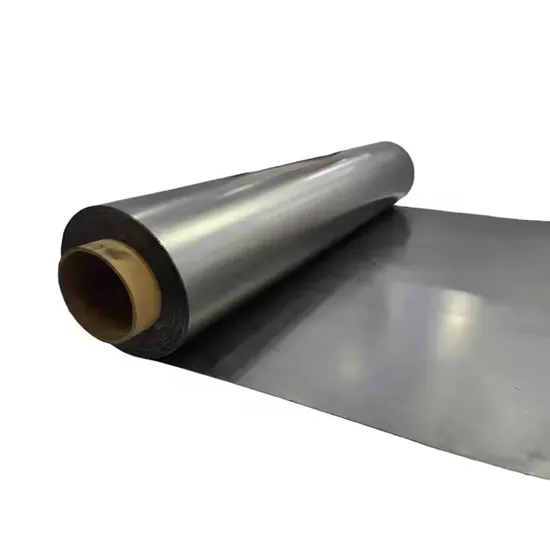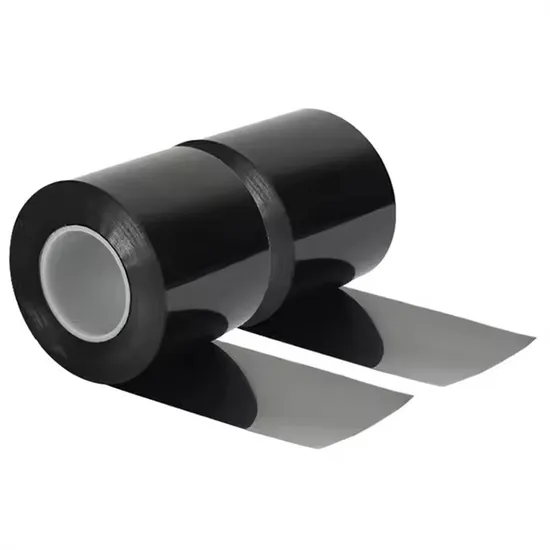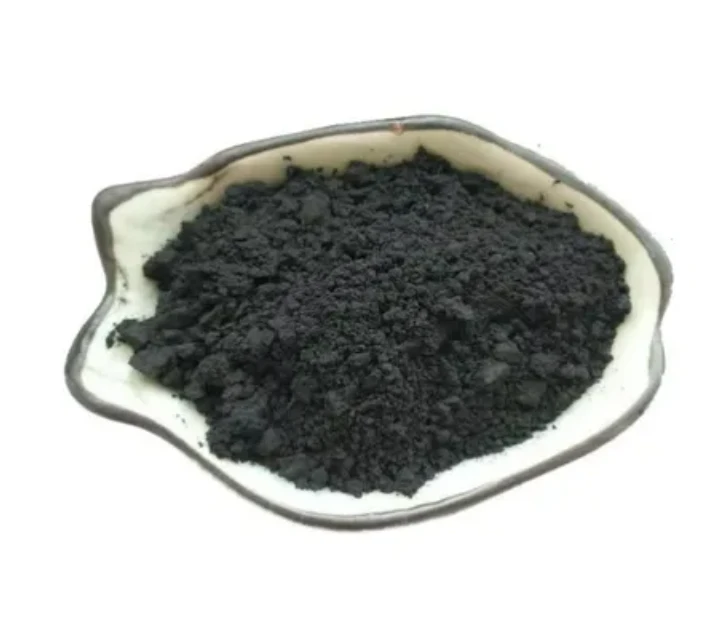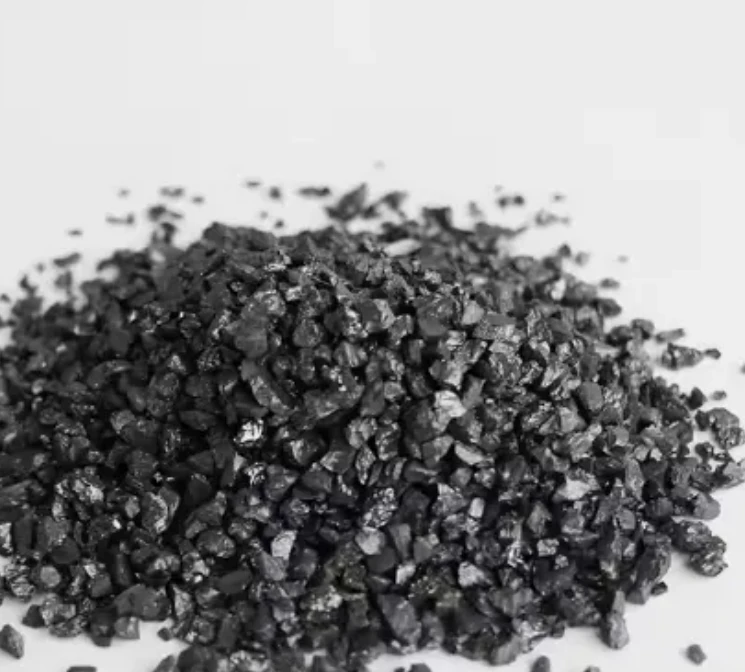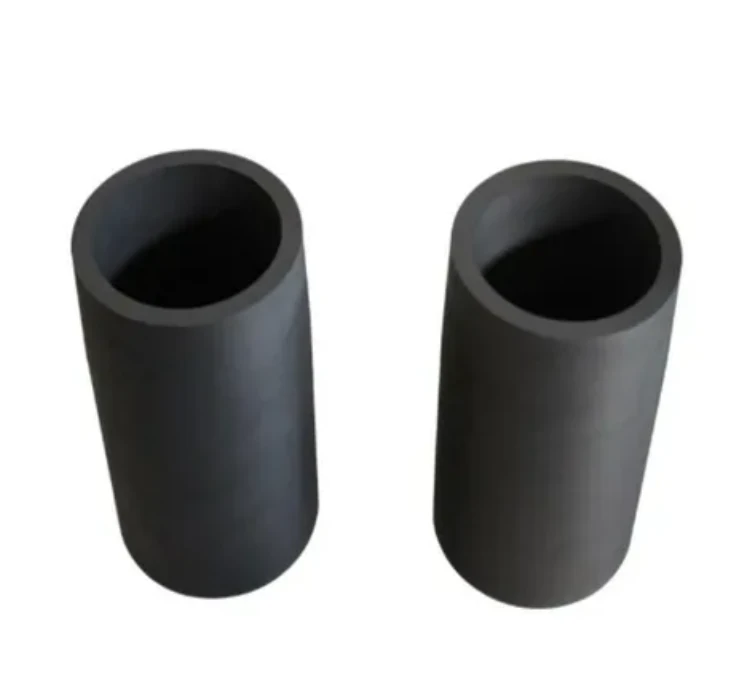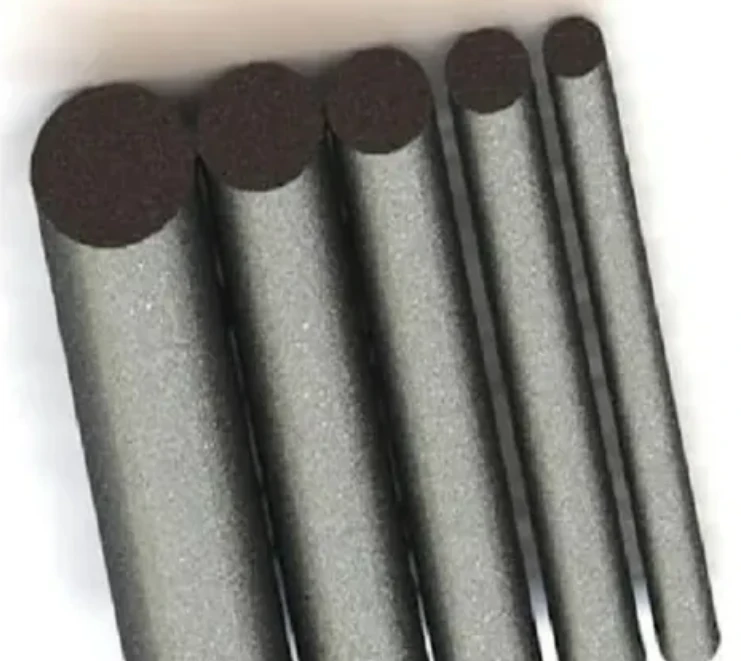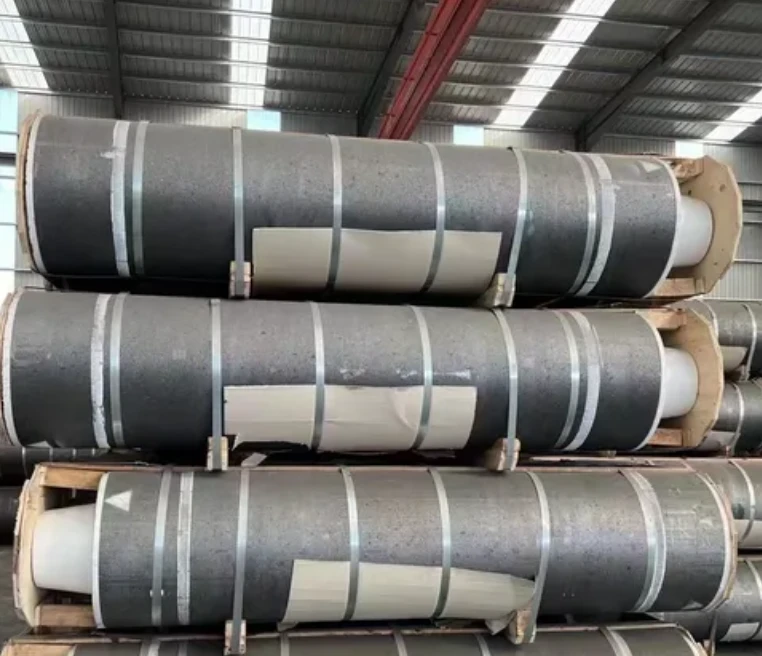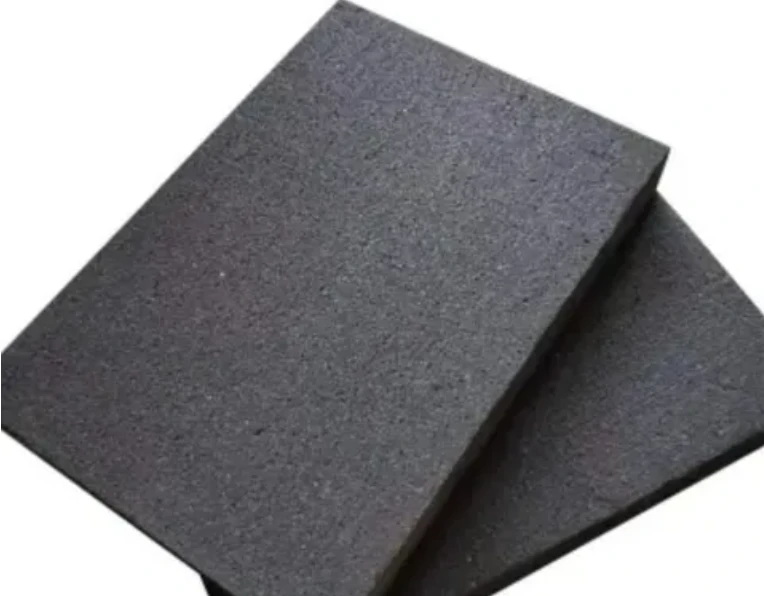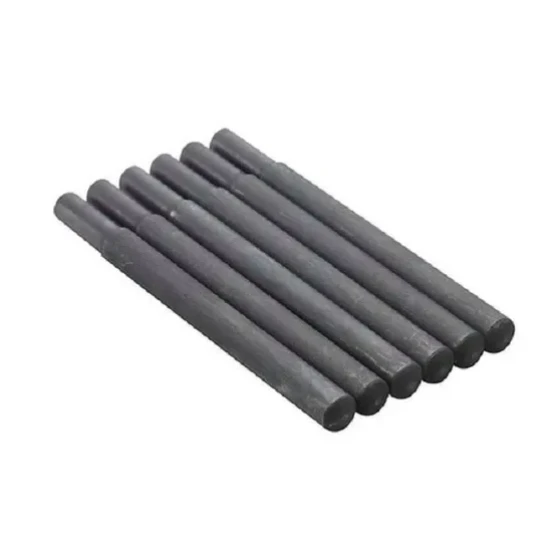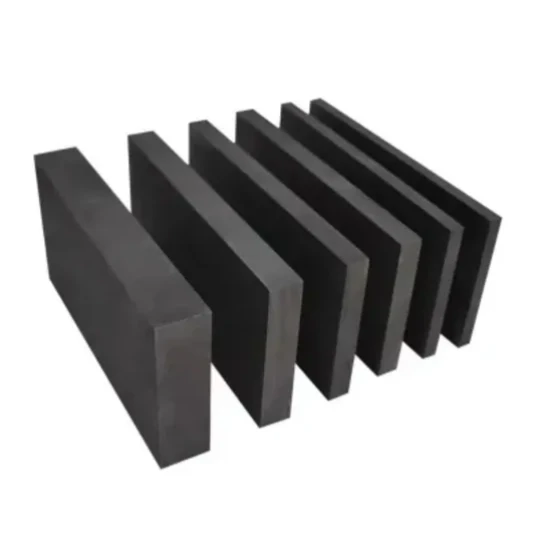- Englist


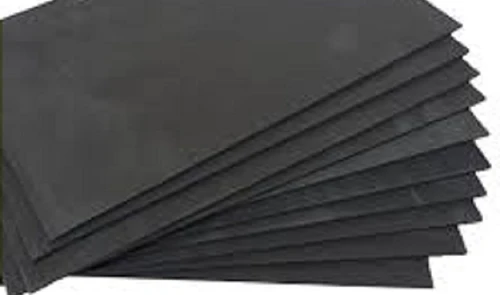
- Current graphite electrode market price analysis
- Raw material cost drivers and fluctuations
- Technical advantages over alternative solutions
- Major manufacturer comparison
- Customized electrode solutions
- Industry-specific application cases
- Future graphite electrode pricing trajectory

(graphite electrode price trend)
Understanding the Current Graphite Electrode Price Trend
Global graphite electrode markets have experienced significant volatility throughout 2023-2024, with prices fluctuating between $2,800-$4,200 per metric ton for standard RP-grade electrodes. This price movement represents a 15-18% compression from 2022 peaks, influenced primarily by shifting steel production patterns in China and expanded electrode manufacturing capacity.
| Quarter | RP Grade ($/MT) | HP Grade ($/MT) | UHP Grade ($/MT) |
|---|---|---|---|
| Q1 2023 | 4,050 | 5,300 | 7,200 |
| Q2 2023 | 3,800 | 5,100 | 6,900 |
| Q3 2023 | 3,500 | 4,900 | 6,700 |
| Q4 2023 | 3,200 | 4,600 | 6,300 |
| Q1 2024 | 2,950 | 4,300 | 6,100 |
| Q2 2024 | 3,100 | 4,400 | 6,250 |
Industry analysts note a developing price stabilization pattern emerging in Q2 2024, with UHP (Ultra High Power) electrodes maintaining approximately 100% premium over standard grades. Inventory adjustments across major steel-producing regions have contributed to recent price fluctuations.
Raw Material Cost Drivers and Fluctuations
Petroleum coke prices remain the dominant factor in production economics, accounting for 50-60% of manufacturing costs. The petroleum coke price trend shows strong correlation with graphite electrode costs, though with 2-3 month lag time as inventory cycles work through production systems.
Needle coke spot prices have declined approximately 22% year-on-year, settling around $980/MT in key Asian markets. This softening originates from:
- Expanded coker capacity in US Gulf Coast refineries
- Substitution pressure from calcined anthracite coal
- Increased secondary needle coke recovery rates
Technical Advantages Over Alternative Solutions
Modern graphite electrodes deliver substantial performance benefits critical for energy-intensive applications:
Thermal management: High-purity graphite withstands arc furnace temperatures exceeding 3,500°C while maintaining structural integrity - a 40% improvement over carbon alternatives.
Electrical conductivity: Electrical resistivity measurements ranging between 5.5-7.5 μΩm ensure superior current transmission, reducing power consumption by 18-22% compared to traditional options.
Manufacturers continue enhancing these properties through:
- Needle coke crystalline alignment optimization
- Advanced impregnation techniques
- Automated graphitization control systems
Major Manufacturer Comparison
| Manufacturer | Market Share | Production Capacity (kT) | Product Range | Key Technology |
|---|---|---|---|---|
| GrafTech | 18% | 220 | RP, HP, UHP | SpeedBake® forming |
| SGL Carbon | 15% | 190 | HP, UHP | CEF® coating |
| Showa Denko | 14% | 170 | RP, HP, UHP | HyperLine® joints |
| Tokai Carbon | 12% | 150 | UHP | OptiGraph™ purity |
| Nippon Carbon | 9% | 110 | HP, UHP | ThermalGuard® |
The technology gap continues widening between top-tier producers and regional manufacturers, with premium brands achieving electrode consumption rates as low as 1.2kg per ton of steel versus industry average of 1.8kg.
Customized Electrode Solutions
Application-specific engineering now accounts for over 35% of premium electrode sales. Leading service packages include:
- Power-optimized designs: Electrodes tailored for specific transformer configurations achieving 96% power utilization rates
- Alloy-specific formulations: Chrome-nickel alloy variants with oxidation resistance increased by 200 hours
- Diameter optimization: Automated modeling for precise diameter-to-current matching
A Turkish mini-mill recently documented 14% operational savings after implementing tailored 24" diameter electrodes engineered specifically for their scrap mix and furnace geometry.
Industry-Specific Application Cases
Electric Arc Furnace Steelmaking: Contemporary melt shops utilizing UHP electrodes demonstrate consumption rates of 1.3-1.5kg per metric ton of crude steel, representing a 28% reduction versus 2019 baselines.
Silicon Metal Production: Graphite electrode lifespans have increased to 45-60 days in submerged arc furnaces through specialized oxidation-resistant coatings, directly impacting the price trend of graphite electrode requirements for metallurgical silicon.
Titanium Smelting: Custom niobium-reinforced joints withstand thermal cycling stresses unique to titanium sponge production, extending campaign lengths by 32%.
Future Graphite Electrode Price Trend Forecast
Current modeling predicts moderate price recovery throughout late 2024 into 2025, with UHP electrodes projected to reach $6,700-$7,000/MT range by Q1 2025. Underlying this graphite electrode price trend
projection:
- Scrap-based steel production growth forecast at 3.2% CAGR through 2028
- Increasing pet coke price trend pressures as refinery closures accelerate
- Technology investment requirements to meet tightening environmental standards
Supply chain professionals should anticipate regional cost divergence between Western-produced electrodes (28-32% cost premium) and Asian alternatives as carbon adjustment mechanisms take effect. The price trend of graphite electrode markets will increasingly reflect ESG compliance costs beyond raw material inputs.

(graphite electrode price trend)
FAQS on graphite electrode price trend
Q: What factors influence graphite electrode price trends?
A: Graphite electrode prices primarily respond to steel industry demand, especially electric arc furnace production needs. Raw material costs like petroleum coke (pet coke) and coal tar pitch also drive fluctuations. Additionally, environmental regulations and China's production policies significantly impact global supply chains.
Q: Why are graphite electrode and pet coke price trends interconnected?
A: Pet coke is a key raw material in graphite electrode manufacturing, comprising 40-60% of production costs. When petroleum refinery shifts affect pet coke supply and pricing, electrode manufacturers typically pass these cost changes to customers. Thus, both commodities frequently show correlated movement in price cycles.
Q: How have graphite electrode prices trended over the past year?
A: In 2023-2024, prices experienced volatility with an initial decline due to reduced steel output, followed by a Q2 rebound tied to higher pet coke costs. Current prices remain moderately elevated due to strong Asian infrastructure demand. Industry analysts note tighter supply-demand balances are preventing steep corrections.
Q: Where can I access live graphite electrode price trend data?
A: Specialized commodity platforms like Fastmarkets, Argus Media, and Asian Metal publish real-time electrode pricing. These sources track regional spot prices (e.g., China HP graphite electrodes) and historical graphs. Industry reports from Wood Mackenzie also provide quarterly price forecasts.
Q: How do pet coke price movements impact electrode manufacturing costs?
A: As pet coke accounts for over 50% of electrode input materials, its $/ton changes directly affect electrode production expenses. When pet coke rallies—often from crude oil volatility—electrode makers face squeezed margins unless prices adjust. Some producers implement pet coke-linked price adjustment formulas in contracts.





 Pervious
Pervious
 Next
Next
